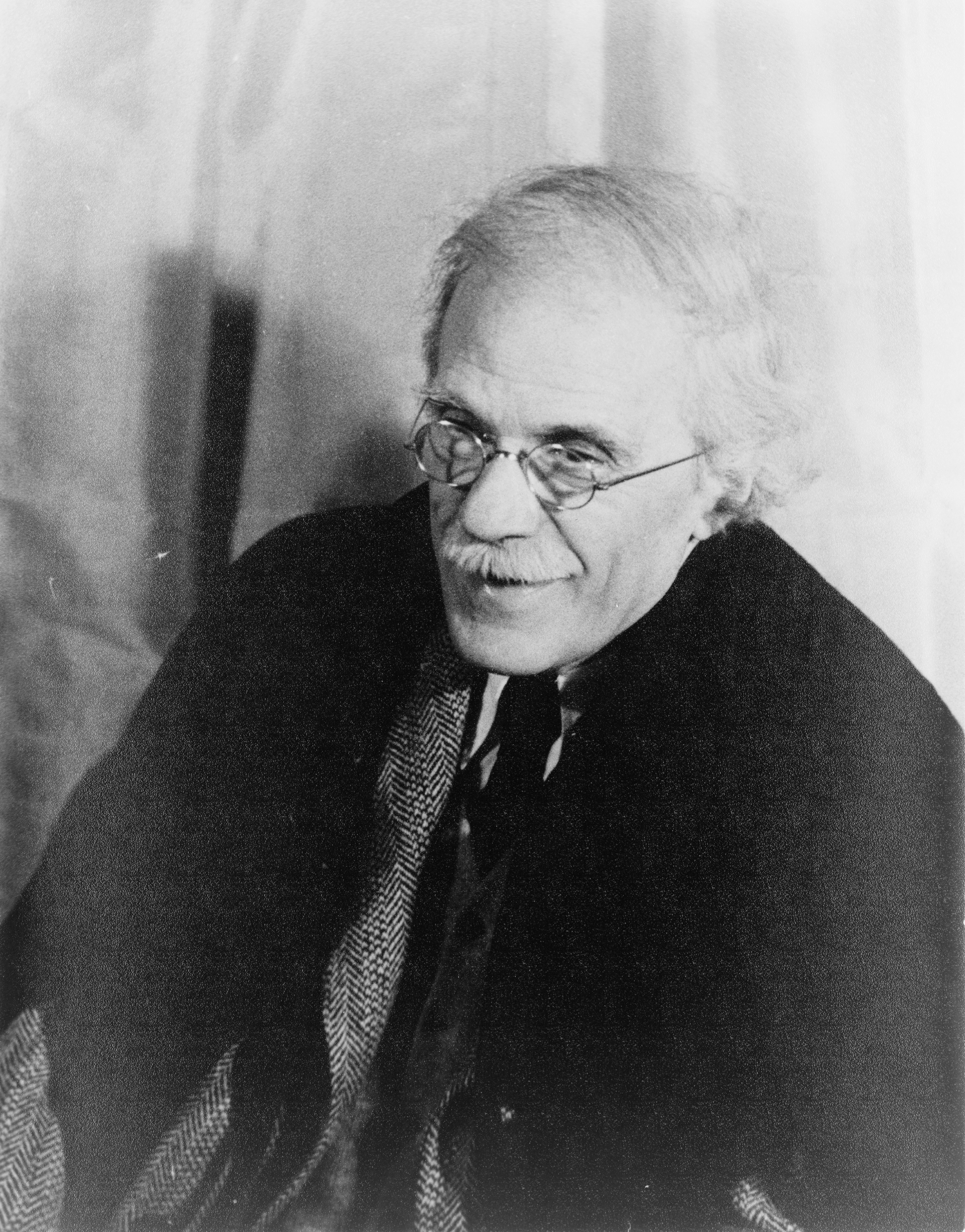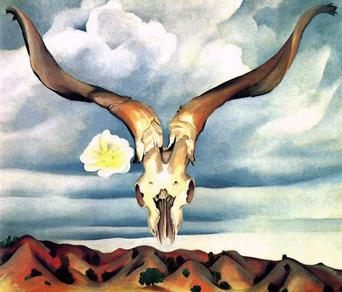Landschlacht, Switzerland, 7 August 2016
One of the dangers of spending “quality time” with a significant other, especially if much time has passed since the last period of “quality time”, is the need to “discuss the relationship”.
Spend any significant amount of time with a member of the opposite gender and you quickly come to realise just how different the genders really are from one another and that these differences, though occasionally complimentary, can make for serious challenges to a relationship.
Cats will be cats and dogs will be dogs and rarely the two shall mix harmoniously.
There are differences and much is made about these differences.
When I think back to my recent travels in Tuscany with my wife, aka She Who Must Be Obeyed, I am struck by how male-dominated Italian society seemed to be, especially in regards to artistic endeavours.
Everywhere we travelled in Toscana we were bombarded by art and literature designed by male painters and male sculptors and male designers and male musicians and male writers: DaVinci, Michelangelo, Bellini, Carducci, D’Annunzio, Dante, Machiavelli, Puccini, Verdi, to name only a few.
But where are the women?
Is Italian heritage and culture only “his-story”?
Is an Italian woman’s role resigned to being Virgin Marias, Mamas, obsessive-compulsive saints, fashion models and nude statues?
Tim Parks, one of my favourite authors known for delighting his readership with his observations on all aspects of Italian life and customs, has recently written a book about the literary lay of the land of Italy.
In his A Literary Tour of Italy, of the 24 writers Parks felt shaped and inspired Italian literature, he mentions only two that were women. (Elsa Morante and Natalia Ginzberg)

I think of my own homeland of Canada and other lands I have lived in and it is with some embarrassment that I must confess to a woeful ignorance of the women who have graced these worlds with their creativity and imagination in art, music and literature.
Could it be that men have a great difficulty in acknowledging women’s contributions?
But perhaps all is not total despair for me, this wretched member of the male species…
I have a private student, a lovely lady, a Winti (from Winterthur) who works in the Kunstmuseum in Zürich, and it has been through her I have been educating myself into the mysterious realm of art previously ignored and thought unattainable by this mere country boy from the wilderness of Canada.
To satisfy her thirst for topics for our weekly conversations I have eagerly sought articles about art to pique her continual interest.
At present, in London’s Tate Modern, the works of Georgia O’Keeffe (1887 – 1986) are on display until the end of October.

“There are few artists in history whose work is consistently reduced to the single question: flowers or vaginas?
O’Keeffe, one of the most celebrated painters of the 20th century, is best known for her large-scale studies of flowers, painted as if looking at them through a magnifying glass.
However, since the early 1920s, her vast oil works have been dogged by erotic interpretations.

Achim Borchardt-Hume, the Tate Modern’s director of exhibitions, said a key reason for hosting the O’Keeffe retrospective was to offer her the “multiple readings” she had been denied in the past as a female artist.
“Many of the white male artists across the 20th century have the privilege of being read on multiple levels, while others – be they women or artists from other parts of the world – tend to be reduced to one conservative reading. It’s high time that galleries and museums challenge that.” (Achim Borchardt-Hume)
Tanya Barson, the curator of this exhibition, emphasised how much O’Keeffe had resisted the sexual reading into her paintings.

The Freudian theory that her flower paintings were actually close studies of the female vulva was first put forward in 1919 by Alfred Stieglitz, the photographer who first promoted O’Keeffe’s work and later became her husband.

This cliched interpretation, written a century ago and prepetuated by male art critics, is gendered and outdated.
“I think it’s time to rethink these ideas about her work. They didn’t come from her, they came from him and we have to question the validity of these interpretations since she constantly denied them over six decades.” (Tanya Barson)
The O’Keeffe retrospective aims to display her as a multifaceted artist, exploring in particular her relationship to photography, music and the landscape of New Mexico, where she lived in the 1930s and 1940s, and in whose spirit and traditions she embedded herself deeply.

Also included in the show will be photographs that O’Keeffe’s husband took of her during their complex marriage, including portraits and nudes.
(What husband truly understands his wife?)
The Tate’s decision to host the retrospective came from an awareness that the contribution of women to 20th century art is still at risk of being overshadowed by men.
(Not only in the 20th century, not only to art…)
“When it comes to contributions of women, we have made it a task to test ourselves much more vigourously when we look at the history of art. O’Keeffe was very assertive as a woman, but was always very keen to assert that she was an important artist, not just an important female artist.” (Achim Borchardt-Hume)”(The Guardian, 2 March 2016)
I think of Pipilotti.
Elisabeth Charlotte “Pipilotti” Rist is a Swiss visual artist who works with video, film and moving images, and has been featured in Zürich’s Kunstmuseum.

Born 21 June 1962 in Grabs, Canton St. Gallen, Pipilotti, (a nickname harkening to Astrid Lindgren’s Pippi Longstocking), the daughter of a doctor and a teacher, is famous for her works treating issues of gender, sexuality and the human body.
She is married to Balz Rith, with whom she has a son named Himalaya.
She lives and work in Zürich.
Her work is regarded as feminist by some art critics and is held by many important art collections worldwide, including the Guggenheim and the MOMA.
Working in St. Gallen, I am often reminded of Piplotti as her work is literally underfoot.

City Lounge (2005), created for the Raiffeisen Bank, St. Gallen
In “I’m Not the Girl Who Misses Much” (1986), Pipilotti dances before a camera in a black dress with uncovered breasts repeatedly singing “I’m not the girl who misses much”, the first line of the Beatles’ song “Happiness Is a Warm Gun”.
In “Pimple Porno”(1992), a work about the female body and sexual excitation, a camera moves over the bodies of a couple, charged with intense colours strange, sensual and ambiguous.
In “Ever is Over All”(1997) a young woman walks along a city street, smashing the windows of parked cars with a large hammer in the shape of a tropical flower.
In “Pour Your Body Out”(2009), she tries to capture a church’s interior where one is constantly reminded that the spirit is good and the body is bad and bringing these two differences together.
Would O’Keeffe have approved?
Does Balz Rith understand Pipilotti?
I think of Canada’s most famous female artist Emily Carr (1871 – 1945).

A Canadian icon, Carr was heavily inspired by the indigenous people of the Pacific Northwest Coast, shifting from aborginal themes to forest landscapes.

Carr, like O’Keefe and Pipilotti, courted controversy.
She smoked and cursed at her students in class, her art was vibrant and alive, her religion nature, her spirit raw and mystic.

When I think of O’Keefe and Pipilotti and Carr, I am inspired to rejoice that the world of art, music and literature has been graced with the inspiration and imagination that all women bring to this world.
I think we do a great injustice to a place when we consider only male contributions as significant, as somehow superior to female contributions.
“There is no question about it — woman is different. That is half the secret of her charm. She is one of those delightful subjects we can discuss, concuss, and rediscuss from every imaginable point of view, ad infinitum, world without end, without ever coming to any final conclusion, because woman is not final herself.
She is always changing, always improving, forever eluding the grasp of the crude male intelligence by never doing just what it expects her to do — the net result being that she usually arrives at her predestined goal before the perplexed and blinking man in the case finds out what she is really driving at.
Then, of course, he consoles himself by denouncing her as illogical, and endeavors to cover his defeat with some such cynical philosophy as that of Chimmie Fadden: “You never kin tell what a woman is goin’ to do until it’s too late to do you any good to know.” This is the principal function of philosophy everywhere — explanation of failure.”
~Woods Hutchinson, A.M., M.D. (1862–1930)
“Women are meant to be loved, not to be understood. ~Oscar Wilde, “The Sphinx without a Secret,” 1891
“Sure God created man before woman. But then you always make a rough draft before the final masterpiece.” ~Author Unknown
“Whatever women do they must do twice as well as men to be thought half as good. Luckily, this is not difficult.” ~Charlotte Whitton
“A woman can say more in a sigh than a man can say in a sermon.” ~Arnold Haultain
“I expect Woman will be the last thing civilized by Man.” ~George Meredith
“I would rather trust a woman’s instinct than a man’s reason.” ~Stanley Baldwin
“One is not born a woman, one becomes one.” ~Simone de Beauvoir, The Second Sex, 1949
I think we need to seek out women’s contributions to better comprehend who we are as a species, as nations, sharing a planet together.
For if men are the earth, then women are the sky.
